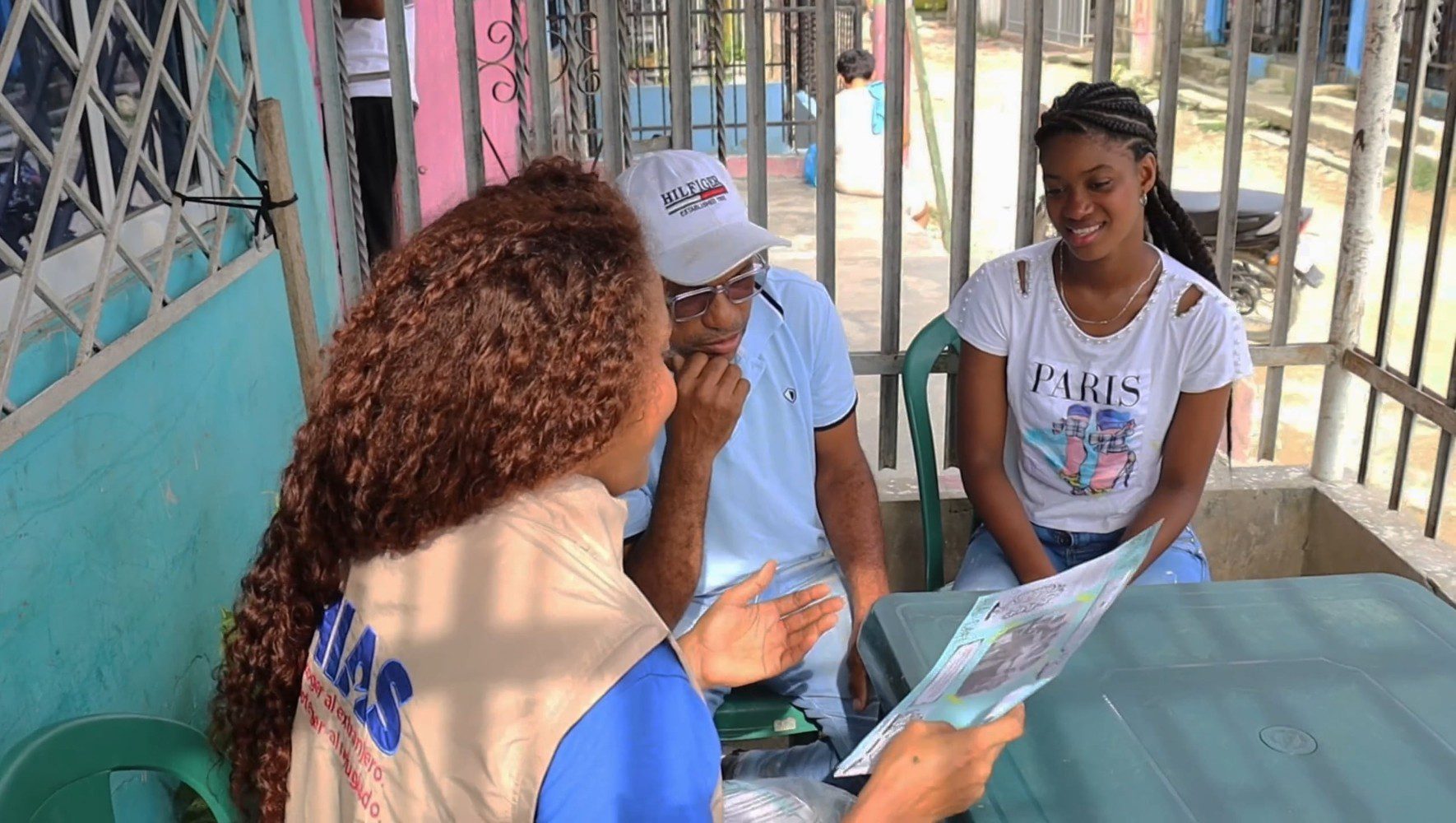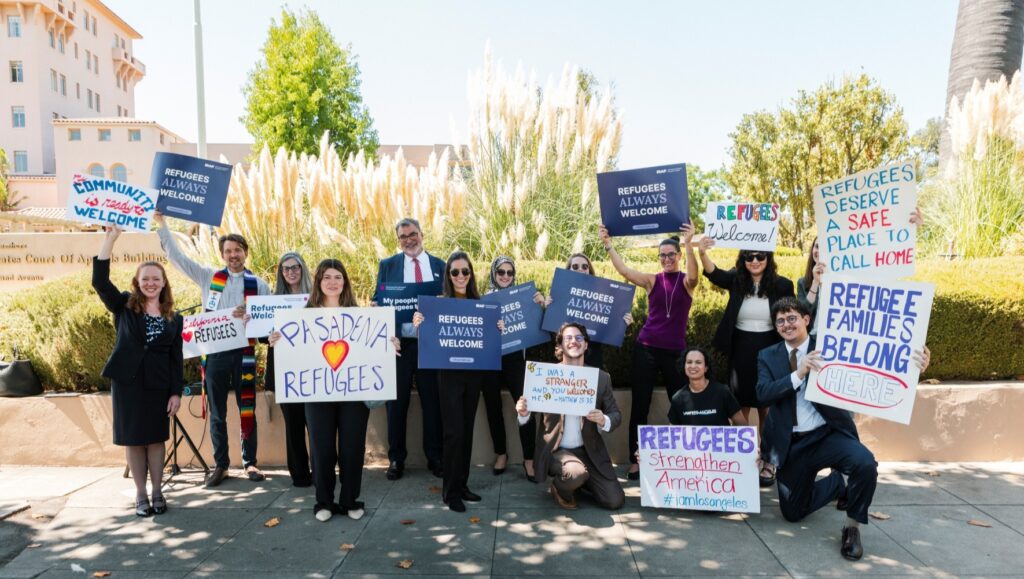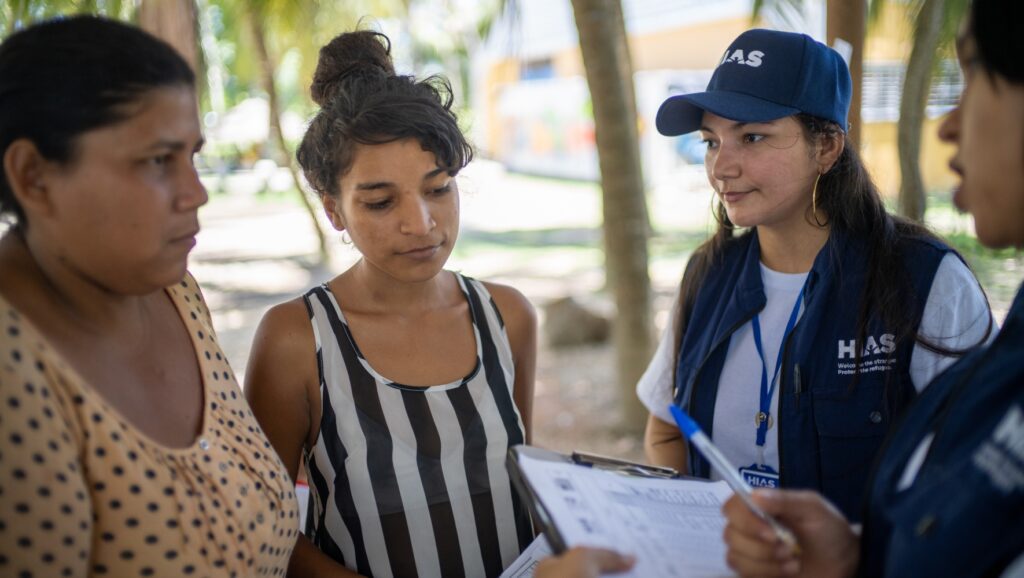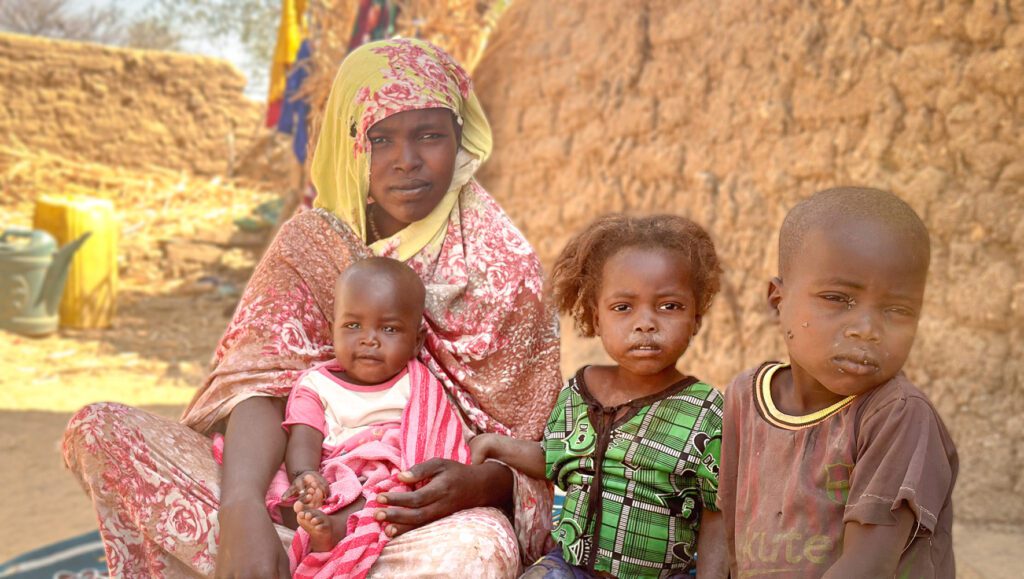Since 2023, HIAS has partnered with the DAFI scholarship program to help refugees, migrants, and internally displaced students in Colombia achieve their dreams of completing a university education. Established by UN Refugee Agency (UNHCR) in 1992, DAFI has supported more than 27,000 refugee students across 59 countries, working hand in hand with organizations like HIAS to make higher education accessible.
Beyond scholarships, HIAS provides a holistic support system, including individual, group, and family mental health and psychosocial services to cope with the challenges of displacement. The program also offers cash and voucher assistance to meet basic needs and economic empowerment services that promote employability and entrepreneurship to help students build a secure future.
Since the beginning of the project in Colombia, HIAS has supported 20 students on their academic journeys in Medellín and Cartagena. Meet two graduates who have turned opportunity into success, launching careers that make their families proud.
Your support matters
Naide
When Naide arrived in Colombia a decade ago, she never expected to be attending college. She was amazed when she not only received the DAFI scholarship, but also a computer and other materials with which to study. HIAS provided Naide with mental health care to help her manage stress and build her self-esteem.
“[HIAS] helps me every day to highlight the good things so I can trust myself and feel good about myself,” Naide said.
Naide is studying agro-industrial engineering and hopes to pursue a master’s degree in the future. Her most important goal is to provide for her parents and family.
“I would tell my mom and dad that I’m going to make them proud of me because I’m learning like they’ve always wanted,” Naide said. “I’m going to be the first professional [in my family] and I hope that after that my nephew or my children, if I have any, will follow my example.”
As part of the DAFI program, students are encouraged to volunteer and give back to their communities. Naide volunteers with younger kids to inspire them to pursue higher education. Volunteering has also helped her overcome her fear of public speaking and gain more confidence in herself. Ultimately, Naide hopes to give children the tools they need to chase after their dreams.
“One can never lose hope; one always has to fight for something,” Naide said.

In Ecuador, Scholarships Help Displaced Students Level Up
Read MoreRosa
Rosa has always loved learning and studying. Following a paid internship, she knew she wanted to continue to learn, but classes were too expensive. That’s when HIAS stepped in and offered Rosa a DAFI scholarship.
At first Rosa thought it was too good to be true, with HIAS not only covering her tuition, but also providing her with a cell phone plan and living subsidy. HIAS even helped Rosa make connections with other students in the DAFI program and become more comfortable with asking for assistance when she needs it. Now, she feels less shy and closed off and is able to be more open with others.
Rosa is studying industrial engineering and hopes to either start her own business or help small businesses get off the ground.
“I would like to have my own company,” Rosa said. “But I also like to help others, so I’d like to help microenterprises grow.”
The most important thing to Rosa is her family. She wants to use her degree to provide for her parents.
“The future that awaits us is going to be beautiful,” Rosa said. “What I’m studying is not just for me, it’s so that [my parents] can be better off.”



